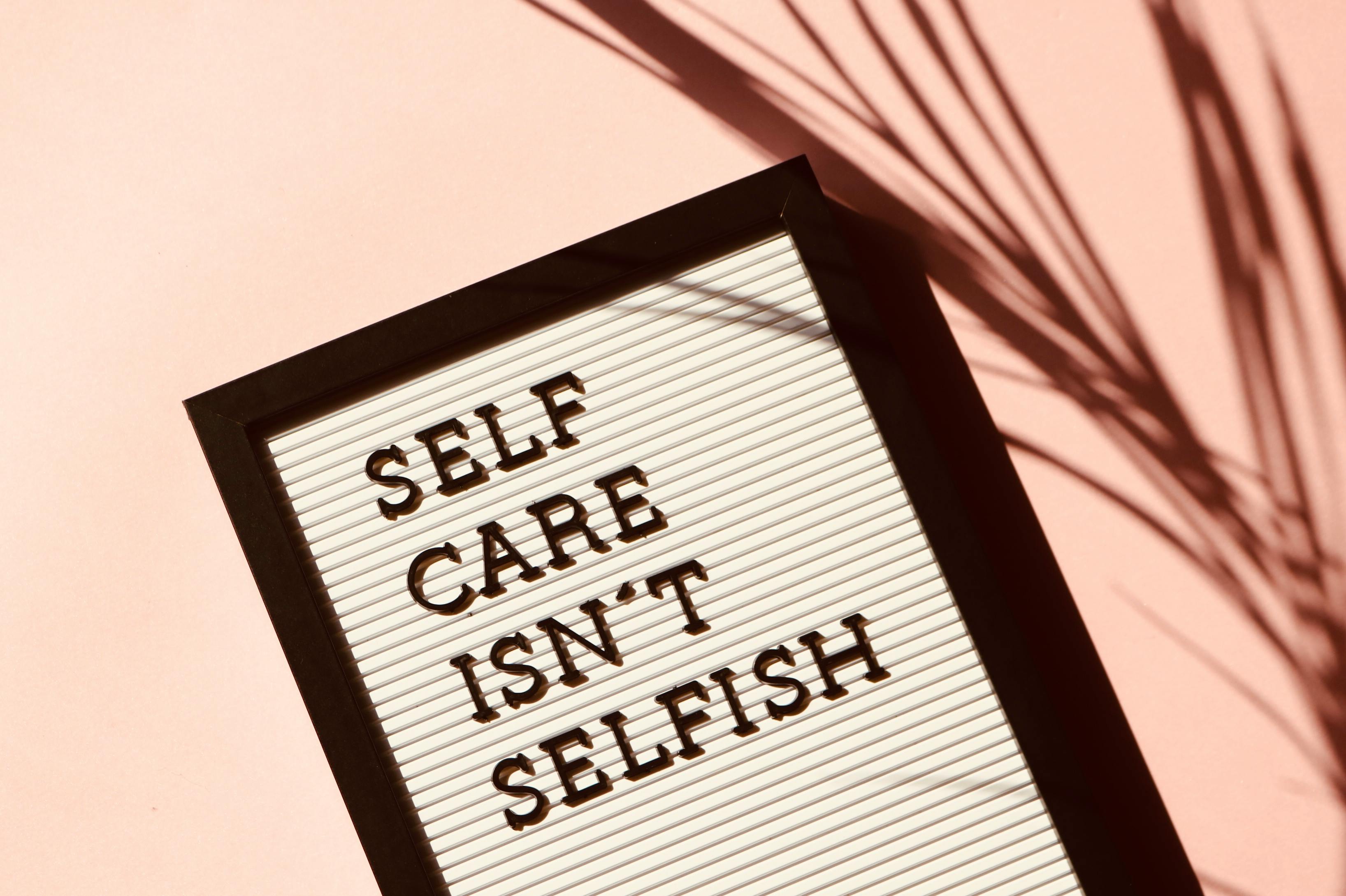
Close your eyes and think “well-being.” What pops up? Photoshopped images of people sitting cross-legged on rocks with the sound of trickling water in the background? That’s not true mental wellness. It’s time to get real about sustainable mental health and spoiler alert: it’s not all kale smoothies and yoga.
Breathe Deep, Stress Down
Ever noticed how most problems don’t seem quite as dire after a few deep breaths? Oxygen intake changes how our brains handle stress. Controlled breathing doesn’t mean sitting under a cherry blossom tree—or anywhere picturesque. You can breathe deeply just sitting at your desk or in front of the TV. Take big breaths, all the way to your toes. It sneaks up on you, but peace can be a breath away.
The practice of focusing on your breath allows you a moment of stillness, which can be your secret weapon in times of distress. Use this moment for grounding, allowing yourself to be fully present. Once or twice a day, place a gentle reminder on your phone to ground yourself. This tranquil pause adds layers of resilience to the day’s challenges, transforming weariness into capability.
Adopting holistic approaches is an accessible way to pursue mental wellness, but sometimes more specialized support is needed for those facing significant challenges. In such cases, facilities like a luxury psychiatric hospital provide comprehensive care with an emphasis on individual needs, offering a haven for deeper healing.
Disconnect to Reconnect
You’ll find balance once you’ve found focus. Often what throws us off is screen overload. Power down those gadgets and engage with your surroundings. Go screen-free for half an hour a day to reclaim energy otherwise hogged by pings and updates. Whether reading a physical book or watering your garden, take this time to reconnect.
Rediscovering the tactile joys we often forsake for digital ease can reignite a sense of wonder. Running a brush through colors or kneading dough lets muscle memory reflect nature’s symphony in simple actions. These breaks from the virtual space boost creativity and decrease tension, grounding our senses in the here and now.
Mind Matters: Get Moving!
No surprise here—exercise is on the front lines of the mental health effort. Physical movement boosts serotonin and endorphins, both of which keep nagging thoughts at bay. Get those arms and legs moving, and watch as waves of calm replace stormy thoughts. You don’t need a personal trainer or a gym membership. Even dancing around your living room can work wonders.
While the benefits of traditional workouts are acknowledged, don’t underestimate the power of finding a movement style that feeds your spirit. Whether it’s salsa dancing, beach volleyball, or gardening, the act of moving with purpose can be therapeutic. Every step, stretch, and rhythm synced with nature, with music, or with friends becomes a meditative act. Try setting aside just ten minutes for a daily movement ritual, and your mood might just tag along for the energizing ride.
Eat Mindfully, Live Happily
The notion that you are what you eat is as cheesy (pun intended) as it gets, but it’s solid advice. Eating poorly affects moods and saps energy faster than deleting cookies stains your browsing history. To keep your mind sharp, aim for foods high in omega-3s, lean proteins, and fiber-rich veggies. A balanced plate leads to a balanced state—a small, tasty secret for a calmer mind.
It’s simple: start small. Swap that sugary cereal for overnight oats loaded with fresh berries. Try integrating one new vegetable into your meal each day to liven up your plate. Cooking can become a rich sensory experience. Let the sizzle of onions in olive oil, the fragrance of fresh herbs, or the juiciness of a ripe tomato bring a touch of mindful magic to your day.
Positive Routines: Habitual Happiness
Habits get a bum rap. Some say they dull spontaneity. Ignore that. Healthier habits equal a healthier mind. Create daily rituals like journaling or a gratitude list, reminding you to focus on what’s going right—because, let’s face it, plenty of good stuff is happening. Regular sleep patterns, meal times, or meditation can shed positive light in dark corners.
Human Connections: Still Relevant
One text, two emojis. That’s our idea of connection these days? Come on! Challenging emotions, whether loneliness or anxiety, can often be eased by the comforting presence of friends or family. Make room for face-to-face conversations, free of screens and click-clacks. Feeling isolated? Knock it out with an old-fashioned phone call. Words, unlike keystrokes, hold emotion. Don’t underestimate the power of connectivity.
Learn to Say No
Overcommitted? Stop the insanity. Saying “yes” all the time leads only one way—straight to stress city. Learn to call the shots by prioritizing tasks and rejecting mindless obligations. It’s your life; own it. This newfound sense of control is surprisingly empowering and will keep your mental health running smoothly.
Mental wellness is simple: move, breathe, eat, and connect differently. Forget complicated practices that demand time, expertise, or loads of cash. Dive deep, go simple, and watch how your mental state unfurls into something colorful and sustainable. Because your mind deserves clarity, no fancy words are needed.
